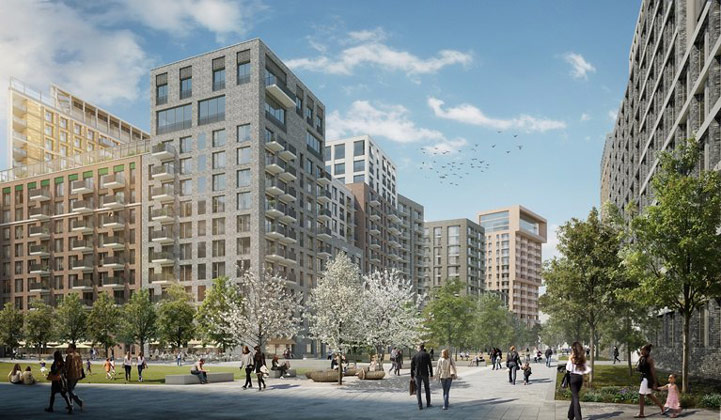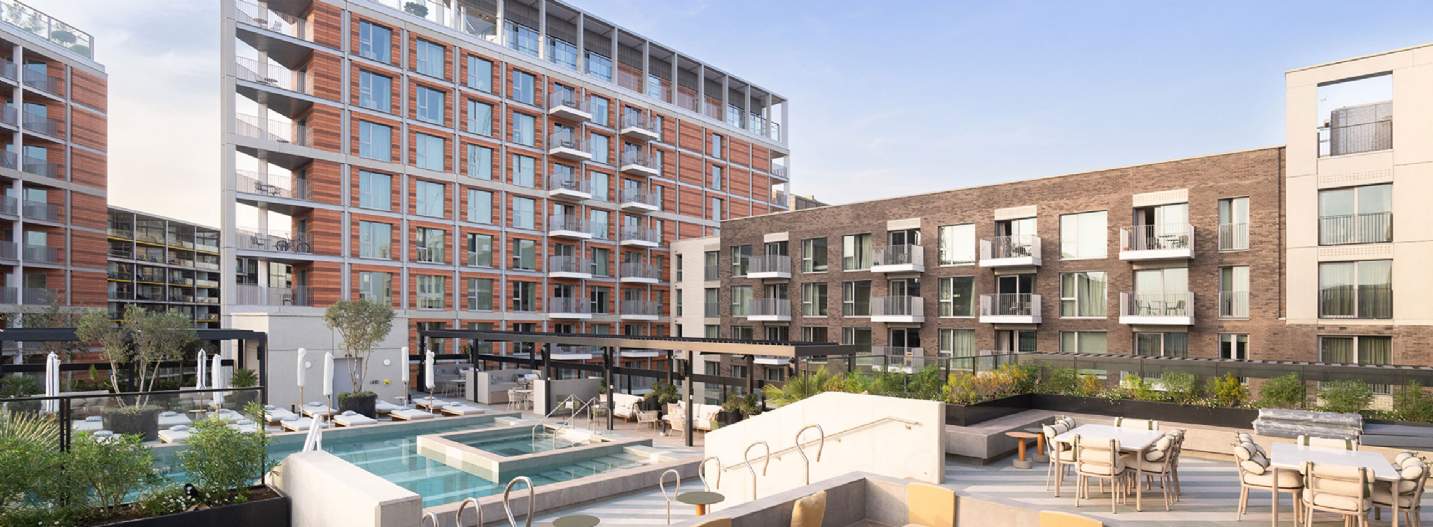Reduced time to let Build to Rent homes in 2024 shows demand remains high
The second quarter of 2024 saw £1.2 billion of investment activity, where Single Family Housing accounted for £816 million, 77% of the total. This is encouraging, and we expect momentum to build throughout the second half of the year.
The Build to Rent (BtR) investment thesis remains sound: there are still 30% fewer homes to rent across the UK compared to the 2018–19 average, a figure that has hardly changed since the start of 2022.
Additionally, demand for BtR has been stronger, going by ‘time to let‘ data. It took just 24 days to let a BtR home across the eleven largest UK cities, compared to 32 days pre-pandemic. This is consistent across London and regional cities, suggesting that slowing rental growth is a result of markets becoming more price-sensitive rather than any change to underlying demand.
Double-digit rental growth was never sustainable, and we expect the rental market will now return to a more ‘normal’ seasonal pattern. There are signs that this is already underway in some markets, but we will need a few more months of rental growth data to be certain.

Demand for BtR remains high, with BtR homes in the UK’s largest cities still letting 25% faster than they did pre-pandemic. We have matched every operational scheme in our Savills BtR database with rental listings to determine how quickly the homes in these schemes are letting.
BtR homes are quickly snapped up by tenants
Our analysis shows that the median time to let a BtR home across London and the Core Cities combined in the year to May 2024 was just 24 days.* While this is a small increase on the 22 days in Q2 2023, it is still much faster than the 2018–19 average of 32, and we expect it reflects a return to more of a seasonal lettings environment.
In Core Cities specifically, the average time to let for BtR homes has continued to get shorter. Here, the median number of days to let a BtR home has halved from 40 in 2018–19 to just 20 in the year to Q1 2024 (Figure 1). Looking at the twelve months to May 2024, the average fell again to just 17. High demand in these markets means that homes have let faster on average than in London since Q3 2021. Even so, the average time to let for London BtR has also fallen compared to previous years, from 29 days in 2018–19 to 26 in the twelve months to May.
A key reason is the lack of supply. In May 2024, there were -29% fewer listings compared to the 2018–19 average across Great Britain. This is partly because tenants are staying in their homes for longer and partly because Buy-to-Let landlords have reconsidered their portfolios due to high mortgage rates, with some leaving the sector. More rental properties are needed to keep pace with the persistent high demand.
*Core Cities = Birmingham, Manchester (incl. Salford), Newcastle, Bristol, Leeds etc.
Demand is high, but rental growth is slowing
In the wider Private Rented Sector (PRS), annual rental growth across the UK has slowed to 5.8% in May. While this is more than double the 2012-2019 average of 2.1% per annum, it is less than half its peak of 12.2% in July 2022.
Rental growth has a close relationship with earnings, and so the double-digit rate of growth seen recently was never sustainable. The market is returning to its core principles. Locations with good transport links, strong connections to employment hubs and homes priced in line with local incomes, continue to see the strongest rental growth. This includes Rochdale and Harlow where annual growth to May is over 11%.
The RICS sentiment survey, which tends to be a forward-looking indicator for rental growth, showed a large majority of surveyors reporting increasing tenant demand in May. As the market continues to normalise, we expect to see more pronounced seasonal patterns in rental growth.
Rental demand is here to stay
Supply shortages in the wider rental market have been a key driver of BTR demand. Looking ahead, graduates entering the workforce are attracted to the security, convenience and high quality of BTR, especially if they have already experienced similar standards of accommodation when living in PBSA.
Following the steep rise in student numbers since 2019, we will see 4.7 million graduates between 2023–24 and 2026–27, assuming a 10% dropout rate. The rental market will need to accommodate many of them, particularly in London, Manchester and Glasgow, which have graduate retention rates of 41%, 50% and 54%, respectively. It is vital these areas are planning enough supply to match future demand.
UK BtR Investment
The second quarter of 2024 saw a jump in investment activity. The nearly £1.2 billion invested marks the second-highest level of investment in any Q2 on record. The deals completed will contribute nearly 4,500 BtR homes. The majority of deals were for funding future development (74%) rather than into stabilised assets.
The standout deal this quarter was struck between Leaf Living (backed by Blackstone and Regis Group) and Vistry. The housebuilder agreed to sell 1,750 new homes across 36 sites, primarily in South East England. This deal alone makes up 36% of the investment in 2024 so far.
It is the second deal between Leaf Living and Vistry in the past twelve months, with 1,500 homes also agreed in November 2023. Investment into Single Family Housing (BtR houses) made up half of the investment in the twelve months to June 2024, up from 7% across 2021 and 2022.
UK BtR Development
The UK’s BtR stock now stands at over 115,000 completed homes, up by a massive 24% nationally compared to Q2 2023. There are a further 45,400 homes under construction as well as 100,700 homes in the planning pipeline, including those in the pre-application stage. The total size of the sector currently stands at 261,870 homes, up 4% compared to Q2 2023.
This quarter saw a huge increase in the number of completions, with 35 sites becoming operational, providing 9,000 homes. This included schemes in Leeds (4), Birmingham (3) and Milton Keynes (2). The spike in completions has not been matched by new home starts. The knock-on impact has been a contraction of the construction pipeline, down 19% nationally. This is echoed in the wider development market and is certainly not unique to BTR.
Homes with detailed permission remain at a near-record level of 56,000, which can support future construction volumes and help starts recover to previous levels. The greatest number of consented sites are in Birmingham, Edinburgh, Manchester and Leeds, and this could be where we see the next wave of construction starts.
For more information, get in contact with our Operational Capital Markets (OCM) team here.
To keep up to date with the latest Living research, events, deals, people updates and more, follow Savills OCM on LinkedIn.
